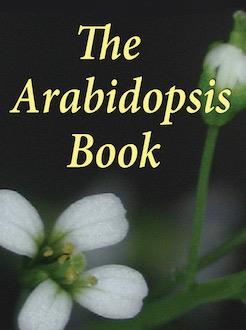Cysteine is one of the most versatile molecules in biology, taking over such different functions as catalysis, structure, regulation and electron transport during evolution. Research on Arabidopsis has contributed decisively to the understanding of cysteine synthesis and its role in the assimilatory pathways of S, N and C in plants. The multimeric cysteine synthase complex is present in the cytosol, plastids and mitochondria and forms the centre of a unique metabolic sensing and signaling system. Its association is reversible, rendering the first enzyme of cysteine synthesis active and the second one inactive, and vice-versa. Complex formation is triggered by the reaction intermediates of cysteine synthesis in response to supply and demand and gives rise to regulation of genes of sulfur metabolism to adjust cellular sulfur homeostasis. Combinations of biochemistry, forward and reverse genetics, structural- and cell-biology approaches using Arabidopsis have revealed new enzyme functions and the unique pattern of spatial distribution of cysteine metabolism in plant cells. These findings place the synthesis of cysteine in the centre of the network of primary metabolism.
How to translate text using browser tools
1 December 2011
Molecular Biology, Biochemistry and Cellular Physiology of Cysteine Metabolism in Arabidopsis thaliana
Rüdiger Hell,
Markus Wirtz





